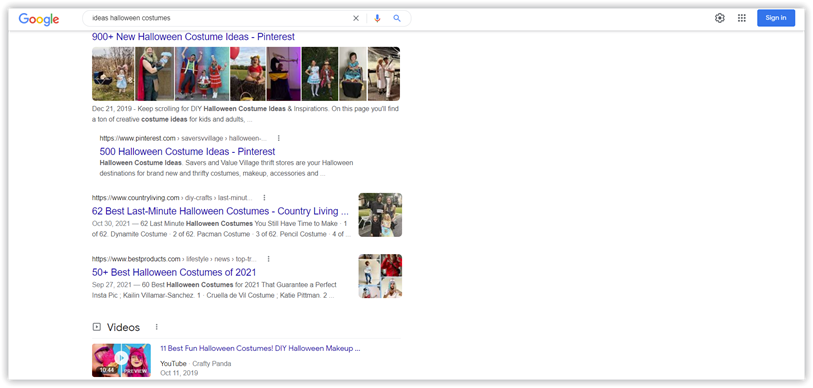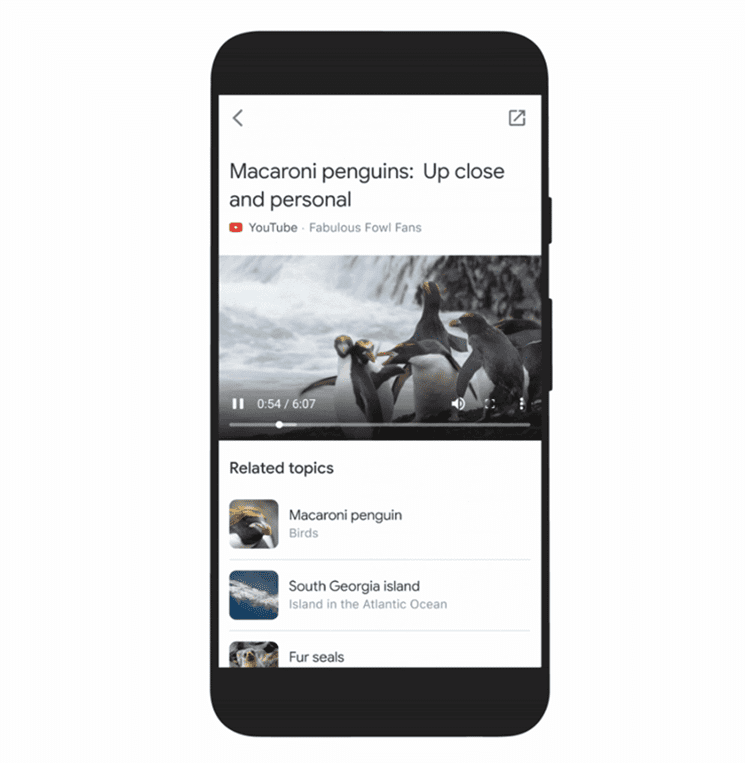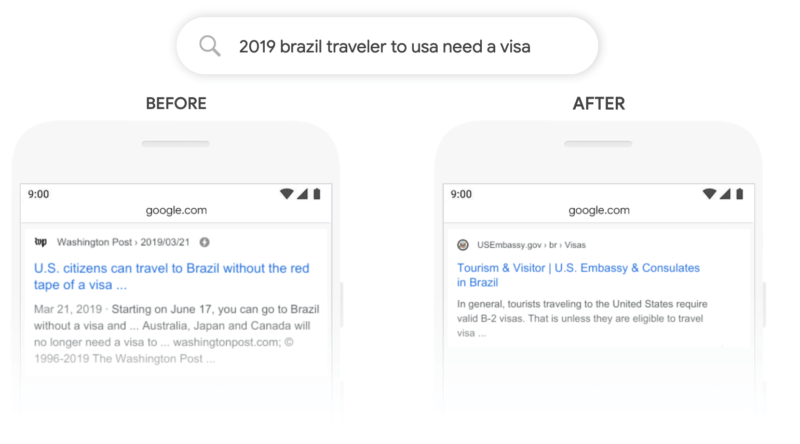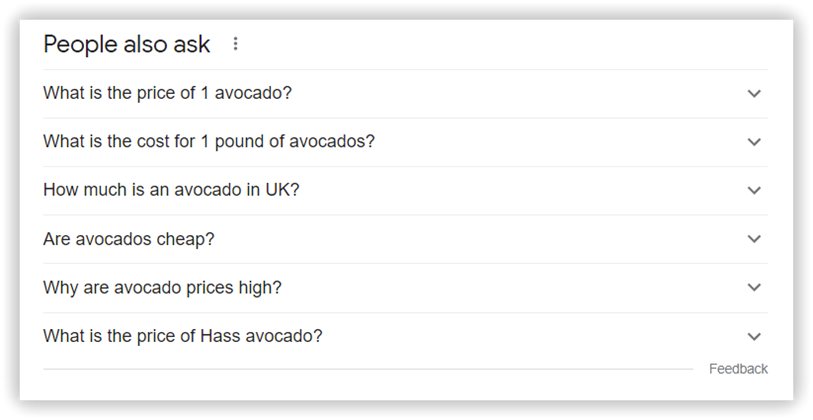Start Exploring Keyword Ideas
Use Serpstat to find the best keywords for your website
Interview with Mert Erkal: What is Google MUM, and how does it affect SEO

Although the update isn't released, it has generated much interest. To understand the topic better, we spoke to Mert Erkal.
What is Google's MUM update?
Google MUM is an algorithm based on artificial intelligence that will solve more difficult search problems: finding answers to complex questions by searching in different languages and media formats.
New mechanics will save users from performing multiple searches to compare and gain deeper insights. It can understand and find solutions based not only on textual content but also on interpreting images, videos, and podcasts in ways that were not possible before.
The algorithm is quite complex, so that will be implemented in several steps. Pandu Nayak presented this way of MUM development:
- Short-term development: Knowledge transfer between languages. The first example of using MUM was in the case of improving searches about vaccination. The new algorithm has identified more than 800 variants of Covid-19 vaccine names in 50 languages.
- Medium-term development: Multi-modal search with text, image, and video. It means an interface for simultaneous query processing with photos and text.
- Long-term development: Understanding complex questions and offering greater depth of relevant knowledge. Content engagement: Google spokespersons insist that MUM will not turn Google into a question-answering system.
For a better understanding, Google suggests the following example:
What will change with MUM?
In particular, there are four significant changes planned:
- things to know;
- zoom topic;
- visual search upgrade;
- video search update.
Things to know

Google analyses how people typically explore a topic query. Based on this, it identifies the aspects that people are likely to look at first.
This way, Google will anticipate the linked topics and show surface content instead of waiting for users to jump between the queries.
Zoom topiс

A new feature will help you learn more about specific techniques or suggest painting lessons. You can also expand your search and see other related topics. For example, painting techniques and famous artists.
Visual search upgrade

Video search update
With MUM, Google will be able to process audio and video like text. The algorithm will identify what's in the video and how it relates to other topics.

Why is it important for SEO specialists?
It's a fast, far-reaching, and thorough update compared to any previous search engine update. The introduction of MUM is changing the industry on par with Panda and Penguin.
The processing of natural language and a large number of additional sources for data mining will significantly speed up a semantic search based on Hummingbird and Knowledge Graph.
Therefore, SEO specialists need to keep a close eye on the development of the technology and its potential impact.
We see that the concept of User Intent plays a decisive role in Google results. Google can change the page titles and descriptions that appear in the search results when necessary to achieve this.
Don't quit with classic SEO
MUM will continue this tendency and will undoubtedly affect the game in the SEO market.
However, one feature of complex algorithms is that they require a lot of processing power. MUM allows you to analyze pages in more detail, but covering all the network pages is still mission impossible. Thus, Google is likely to use a simpler algorithm to pre-select pages based on relevance, quality, and authority.
Focus on the content's practical benefits for the user
In this context, content usefulness will play a significant role.
Let's imagine you're creating content for a dance school. A newcomer to the topic will likely ask, "Can you learn dance from scratch?" Then they'll ask: "How long does it take to learn?". The user will only come to the direct search for a school after realizing that the topic is complicated enough. A company should provide answers along the way.
SEO specialists should consider different media formats

It means that, in the future, SEOs will be able to apply keyword research or TF-IDF analyses to design the content of audios and videos in the future so that the audios and videos have semantically meaningful descriptions.
With MUM becoming more active, SEOs will have to do SEO work for different media types, not just text-based.
I think that with MUM, Google is starting to answer more search queries in Google results, this will increase, and sites may be at risk of getting less and less organic traffic.
It also means that only sites that create the best content and that can best meet their users' design and semantic expectations will survive.
MUM vs. BERT: What is the difference?
Google said BERT helps better understand the nuances and context of words in searches and better match those queries with more relevant results. It is also used for featured snippets, as described above.

Before BERT, Google wouldn't understand the importance of this connection and would return results about U.S. citizens traveling to Brazil.
With BERT, Search became able to grasp this nuance and know that the widespread word "to" actually matters a lot here, and Google provided a much more relevant result for this query," Google explained.
MUM not only understands language but also generates it. It's trained across 75 different languages and multiple tasks simultaneously, allowing it to develop a more comprehensive understanding of information and world knowledge than previous models. And MUM is multimodal, so it understands information across text and images and, in the future, can expand to more modalities like video and audio.
How does AI affect search?
Initially, humans train machines, and after they work independently and improve themselves based on their experience. This happens because all AI technologies are great at finding patterns in data for prediction.
An example of this skill can be found in the search section "People also ask."

With our contentevergreen.com brand, we are also in the content production business. We realized that we could use such tools much more efficiently than human writers. We think such tools can provide efficiency in producing quality content, provided that the finishing touch is done by a human.
Conclusion
Despite all the changes, we can say that MUM does not require a radical change in SEO strategy. Classic SEO and quality content are fundamental criteria for ranking pages.
However, do not ignore the new features. Working with different types of content and following a deeper user path will play into your hands.
Speed up your search marketing growth with Serpstat!
Keyword and backlink opportunities, competitors' online strategy, daily rankings and SEO-related issues.
A pack of tools for reducing your time on SEO tasks.
Discover More SEO Tools
Backlink Cheсker
Backlinks checking for any site. Increase the power of your backlink profile
API for SEO
Search big data and get results using SEO API
Competitor Website Analytics
Complete analysis of competitors' websites for SEO and PPC
Keyword Rank Checker
Google Keyword Rankings Checker - gain valuable insights into your website's search engine rankings
Recommended posts
Cases, life hacks, researches, and useful articles
Don’t you have time to follow the news? No worries! Our editor will choose articles that will definitely help you with your work. Join our cozy community :)
By clicking the button, you agree to our privacy policy.


